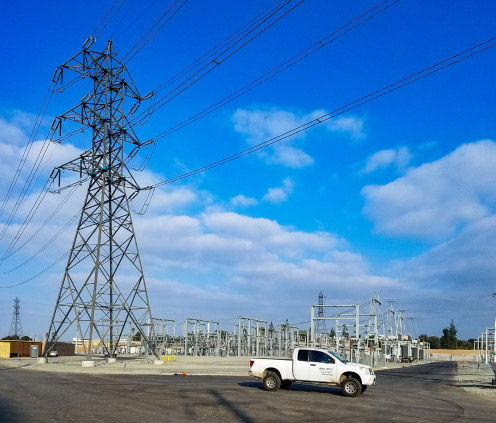Geophysics: Thermal Soil Resistivity

Thermal resistivity surveys are typically performed where projects have proposed or planned buried electrical transmission lines of significant voltage. Example projects have included solar generating plants, nuclear generating stations, natural gas fired power plants, transmission lines at surface metal and non-metal mines, and electrical substations and switchyards. The ability of the soil to absorb thermal energy resulting from the resistance of the transmission line itself can affect the design of the line burial depth, size, and voltage of line(s), as well as trench design and trench backfill recommendations.
Field and laboratory measurements of soil thermal resistivity are recorded using a digital recording meter with a thermocouple needle probe in general accordance with ASTM D 5334 and IEEE Std. 442. Field data include time and date of measurements, temperature of the soil at the time of the test, depth of tests, soil thermal conductivity and resistivity. Thermal resistivity dry-out curves at varying soil moisture levels resulting from laboratory testing of the soils can also be provided as a separate task.

